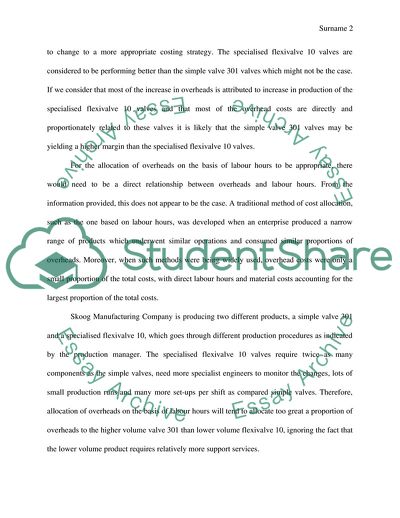Cite this document
(Cost & Managerial Accounting - Case study as a project Essay, n.d.)
Cost & Managerial Accounting - Case study as a project Essay. https://studentshare.org/finance-accounting/1821168-cost-managerial-accounting-case-study-as-a-project
Cost & Managerial Accounting - Case study as a project Essay. https://studentshare.org/finance-accounting/1821168-cost-managerial-accounting-case-study-as-a-project
(Cost & Managerial Accounting - Case Study As a Project Essay)
Cost & Managerial Accounting - Case Study As a Project Essay. https://studentshare.org/finance-accounting/1821168-cost-managerial-accounting-case-study-as-a-project.
Cost & Managerial Accounting - Case Study As a Project Essay. https://studentshare.org/finance-accounting/1821168-cost-managerial-accounting-case-study-as-a-project.
“Cost & Managerial Accounting - Case Study As a Project Essay”. https://studentshare.org/finance-accounting/1821168-cost-managerial-accounting-case-study-as-a-project.


